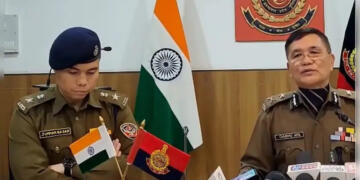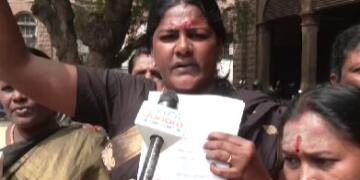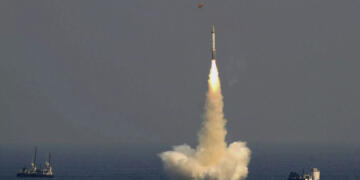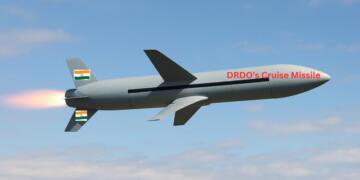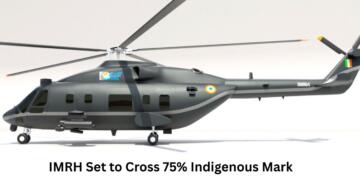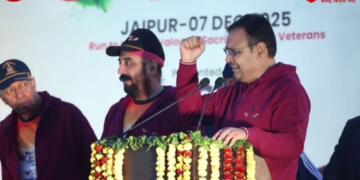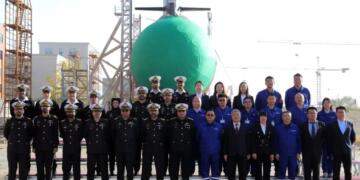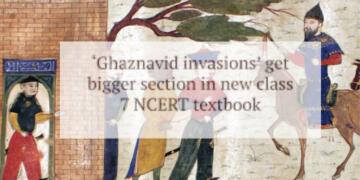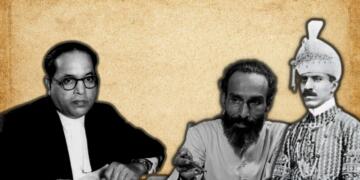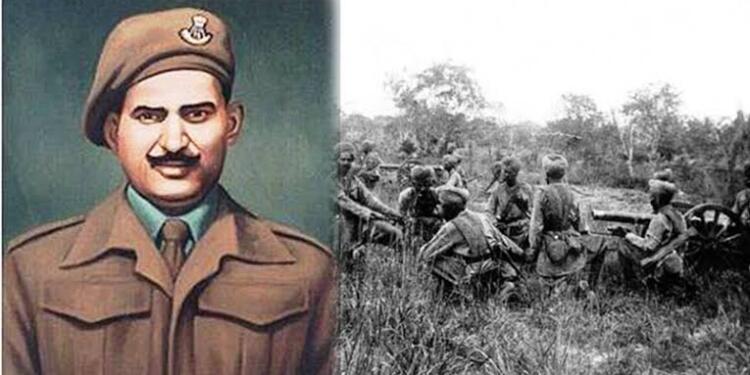Havildar Major Piru Singh Shekhawat was born on May 20, 1918, in Rampura Beri village, Churu district, Rajasthan. He was one of the most gallant soldiers of Indian military history. Hailing from a small family, he had three brothers and four sisters. Since childhood, he had an inclination toward joining the Army. On his 18th birthday, at 18 years of age, he joined the Army in 1936, thus setting the stage for a great military career.
He initially served in the 10/1 Punjab Regiment and then got transferred to the elite 5/1 Punjab Regiment, where he rose very rapidly through ranks as he had an excellent career. He was an instructor in the Punjab Regimental Centre in Jhelum, and he attained the rank of Company Havaldar Major in May 1945. Piru Singh participated in World War II with Allied Forces in Japan and returned to India in 1947. As soon as he returned, reorganization of the Indian Army took place, and Piru Singh CHM was allocated to the prestigious 6 Rajputana Rifles of the Indian Army.
The most defining moment of Piru Singh came during the Jammu and Kashmir operations in 1948, in the Indo-Pakistani War. On July 18, Pakistani raiders had captured the village of Tithwal and advanced further, threatening strategic positions across the Kishanganga river. In response, the Indian Army dispatched the 6 Rajputana Rifles to secure these vital posts. Piru Singh led ‘D’ Company, which was tasked with capturing the first feature.
The ground was rocky, a small ridge with deep ravines. The enemy positions were firing everything at them—heavy machine guns—which were still under heavy fire from enemy positions. CHM Piru Singh led from the front, inspiring his men into the chant of “Raja Ramchandra Ki Jai.” As he advanced, half of his company fell casualties, but Piru Singh pushed on to neutralize the enemy positions.
At the time of the severe injury, including shrapnel wounds, Piru Singh was undaunted. He single-handedly eliminated enemy machine gun positions by bayoneting the first MMG post. He then went to the second MMG post. He hurled a grenade into the enemy trench and bayoneted two soldiers. Unfortunately, it was when he emerged from this position that he was struck in the head and fell but not before his actions resulted in the enemy destroying their third MMG post.
Piru Singh’s extraordinary bravery and selfless sacrifice earned him the nation’s highest military honor, the Param Vir Chakra, posthumously. His unwavering resolve and devotion to his motherland remain an enduring source of inspiration. CHM Piru Singh Shekhawat will always be remembered as a true hero, whose courage in the face of death embodies the spirit of valor and patriotism.


